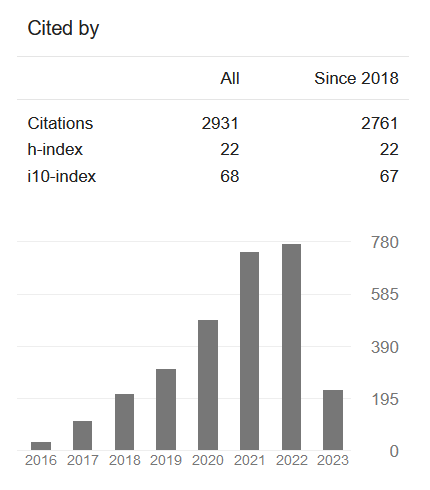Removal of Basic Dyes from Aqueous Solution by Adsorption Using Rice Husk Ash-A Fixed Bed Column Study( Vol-3,Issue-4,April 2017 ) |
|
Author(s): Soumitra Banerjee, Dr. Anupam Debsarkar, Dr. Siddhartha Datta |
|
Keywords: |
|
|
adsorption, breakthrough curve, methylene blue, malachite green, models, rice husk ash. |
|
Abstract: |
|
|
The present article deals with the removal of two basic dyes MB and MG [i.e. methylene blue and malachite green] from a solution mixture using Rice Husk Ash, an agricultural waste. MB and MG are most commonly used dyes in textile industries and removal of two dyes with higher concentrations from the solution mixture is a typical attempt to solve the real life problem on dye removal. The effects of bed depth, influent concentration, flow rate, pH of the influent solution on breakthrough curve were investigated. Thomas, Yoon-Nelson, Adamas-Bohart and Bed Depth Service Time [BDST] model were used to validate the adsorption performance and breakthrough curves. The removal of dyes at different flow rate [5, 7.5, 10, 12.5 ml/min], bed depths (6, 8, 10 cm), influent concentrations [170, 190, 200, 240 mg/L] and pH value [5.1, 7, 9.2] using Rice Husk Ash as an adsorbent were studied. The experimental results indicated that percentage adsorption of dyes increased with decreasing flow rate, increasing bed depth and lowering of influent concentration. The results further revealed that the percentage removal of dyes in the mixture was 99 %.Adams-Bohart and Thomas model were performed well than the other two models in use. |
|
Cite This Article: |
|
| Show All (MLA | APA | Chicago | Harvard | IEEE | Bibtex) | |
Share: |
|

 DOI:
DOI: 



























